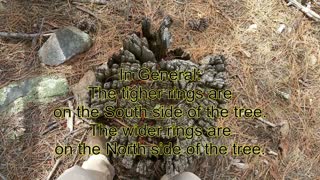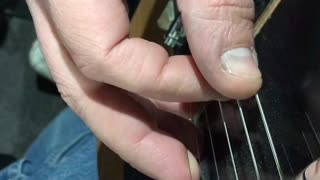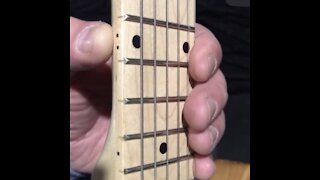Guitar Theory - Using the Perfect 4th as a reference point for finding other notes
In this exercise, we emphasize the perfect 4th, which is 5 half steps,
which is the fundamental offset between open adjacent strings on a standard tuned guitar
(except G-B string offset which is 4 half steps or a Major 3)
To find a perfect 4th in most situations, we can either go up the same string 5 half steps, or stay on the same fret and jump to the next string.
With the perfect 4th as your new reference point (the old reference point was the root note), you can now easily find the notes directly above and below the perfect 4th note.
In the realm of music theory, in order of importance, (probably)
Root - octave
Perfect 4th - Perfect 5th
minor - Major - 3rds and 7ths
So now, once you understand the root note, and the notes just above and below it, and you understand the perfect 4th and notes just above and below, you are able to develop a deeper understanding of each interval or scale degree, from several different reference, or anchor points.
To put it in basketball terms, if we have one foot as the pivot foot, we are kinda stuck in one small area, BUT we can pivot around and reach anywhere in that area with our other foot.
Lets call your pivot foot the root note.
Now imagine that you take a step, and now your other foot is your new pivot foot.
Lets call this new foot position the perfect 4th.
You now have the option of going backward, to the other foot (root) or you have the option of taking another step forward (perfect 5th)
By mastering the art of moving between these perfect 4th intervals, you give yourself a good foundation for anchoring and referencing other nearby notes.
-
 2:46
2:46
Beginner Guitar
8 months agoA Song About The Day My Great Great Grandpa Died
445 -
 3:36
3:36
WXYZ
3 years agoFinding The Perfect Gift
161 -
 1:01
1:01
DustyMorris
3 years agoFinding Direction Using Tree Rings
24 -
 0:18
0:18
Andson
3 years agoWhat a perfect vantage point
11 -
 4:52
4:52
GuitarTeacherRob
3 years agoGuitar Lesson: Using the Blues Scale
1152 -
 4:46
4:46
CrumblyCake
3 years agoCMP# 301 Pentatonic Theory/Application Guitar Backing Track
65 -
 3:27
3:27
Brian Rogers
3 years ago $0.09 earned"The Other Side" by Brian Rogers - Music Video
1903 -
 0:48
0:48
Beginner Guitar
3 years agoCounting on Guitar - 1/8 notes - Thumb and Pointer Finger
18 -
 1:25
1:25
KTNV
3 years agoFinding the perfect gift based on your zodiac sign
71 -
 0:53
0:53
Guitar Left Hand Technique
3 years agoUsing Your Thumb As Anchor Point, And Your Pointer Finger To Fret Many Notes
28